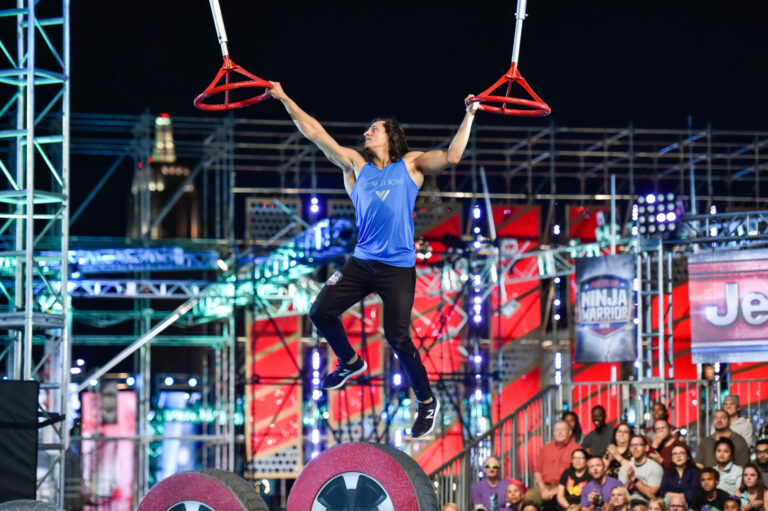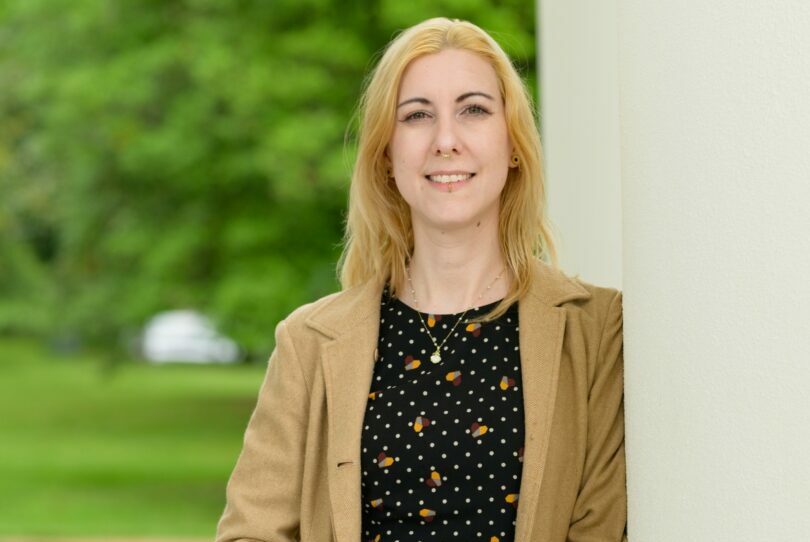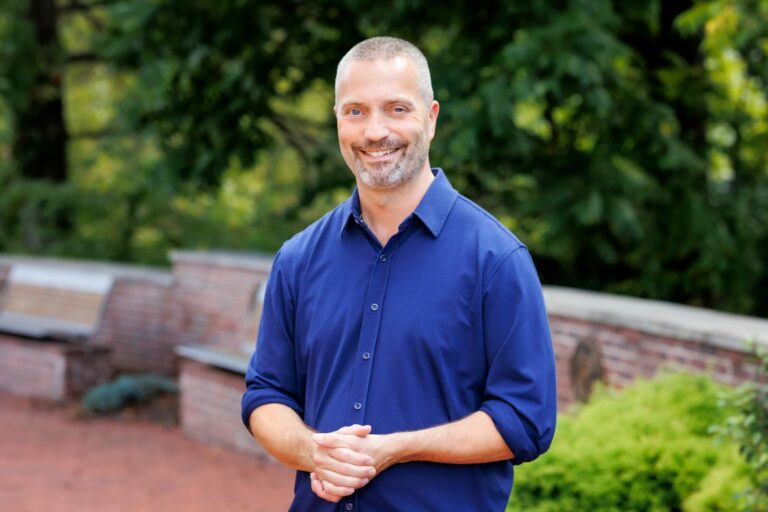We’re excited to introduce you to the always interesting and insightful Kanika. We hope you’ll enjoy our conversation with Kanika below.
Kanika, looking forward to learning from your journey. You’ve got an amazing story and before we dive into that, let’s start with an important building block. Where do you get your work ethic from?
I am a maker at heart. I got into design because I wanted a creative outlet that allowed me to build, invent, and give form to the stories and observations that have shaped my view of the world. My parents are both very practical people who really enjoyed their work, and I grew up with that same mindset—seeing work not just as something you have to do, but something that can bring you a lot of joy and purpose. I did my first freelance project back in 2014 when I was 19, and honestly, work hasn’t really stopped since. I love being in the process of making.
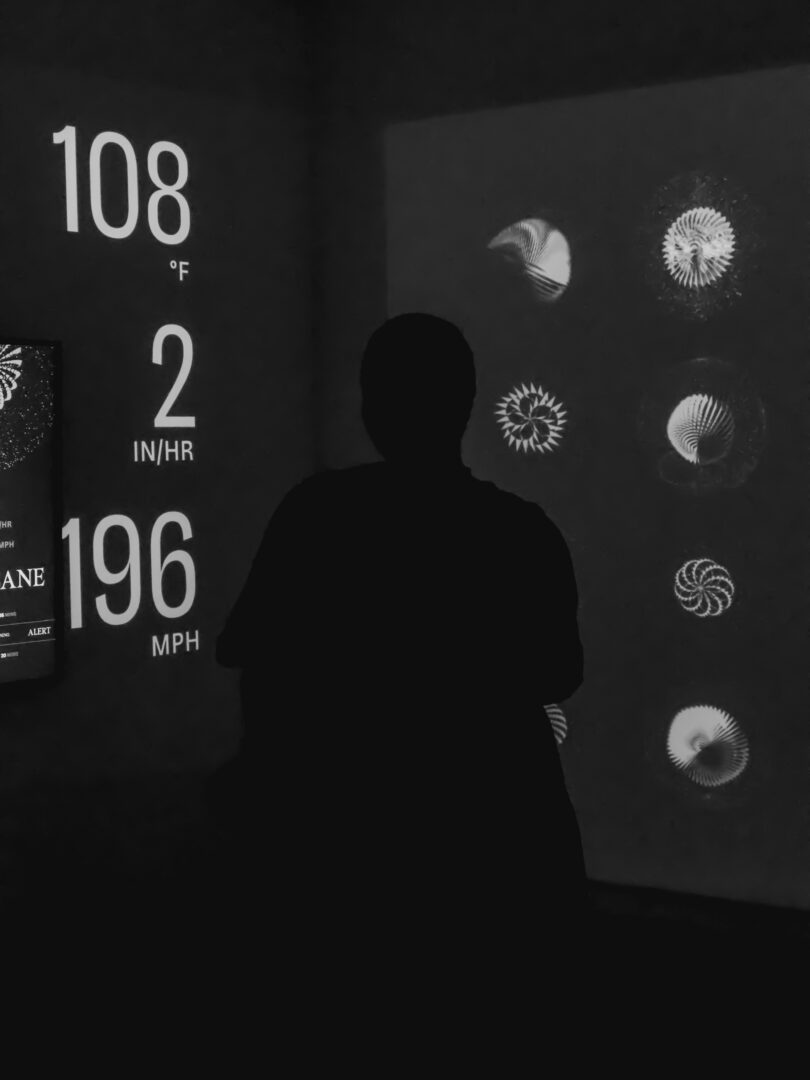
Thanks, so before we move on maybe you can share a bit more about yourself?
I work at the intersection of storytelling and systems—bringing structure to complex ideas through motion, typography, and user experience. Whether it’s designing interfaces, building narratives, or shaping visual identities, I’m always thinking about how to communicate clearly and meaningfully. Lately, I’ve been drawn to projects that sit at the edge of design and discourse, especially those tied to social and environmental impact. One recent project—my MFA thesis—explored climate communication through generative visuals, using motion to imagine how we might respond to a future shaped by extreme weather and displacement.
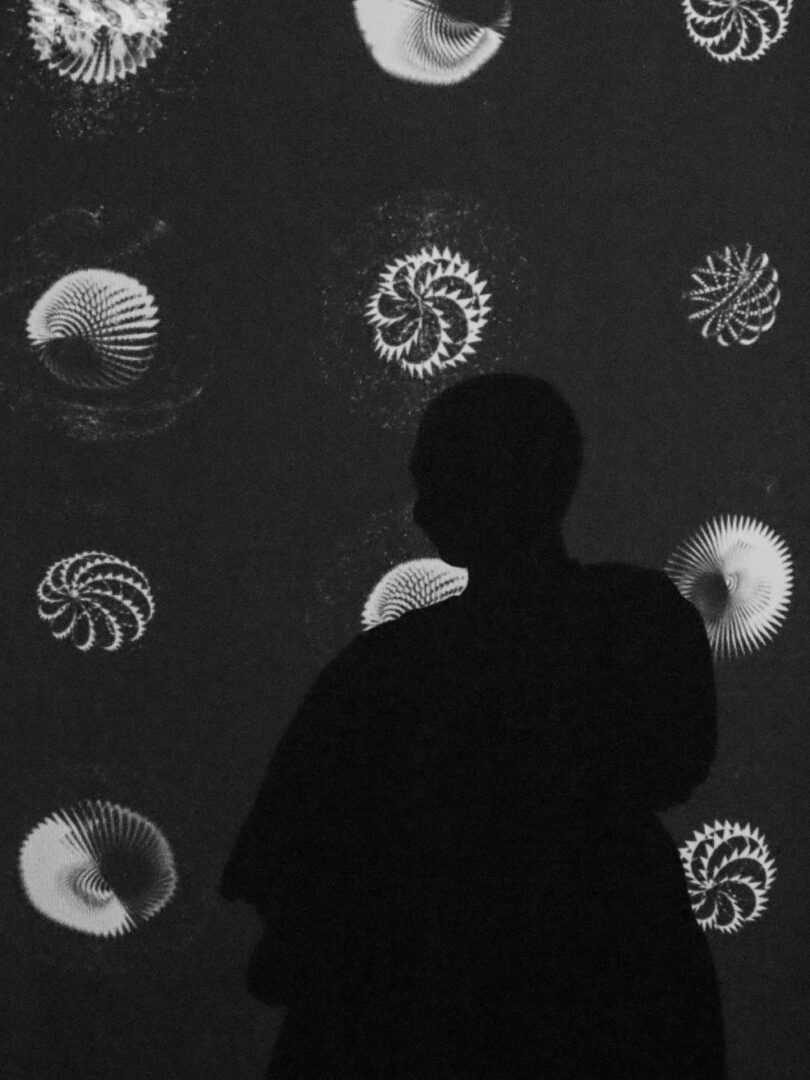
If you had to pick three qualities that are most important to develop, which three would you say matter most?
The first would be curiosity. I’ve worked across a lot of different industries—luxury, architecture, healthcare, film—and staying curious has helped me move fluidly between them. It’s what keeps my work evolving.
The second would be communication. Not just in how you talk to clients or explain your ideas, but also in how you translate visual thinking into language that makes sense to others. That’s been really helpful both as a designer and a freelancer.
And the third is observation. I used to paint botanicals from my mom’s garden, and that habit of noticing small details has never really gone away. It’s become second nature—almost like building a mental reference library I can tap into whenever I’m making something new.
For someone just starting out, I’d say: stay open, keep asking questions, and don’t be afraid to notice the quiet things. They often have the most to say.
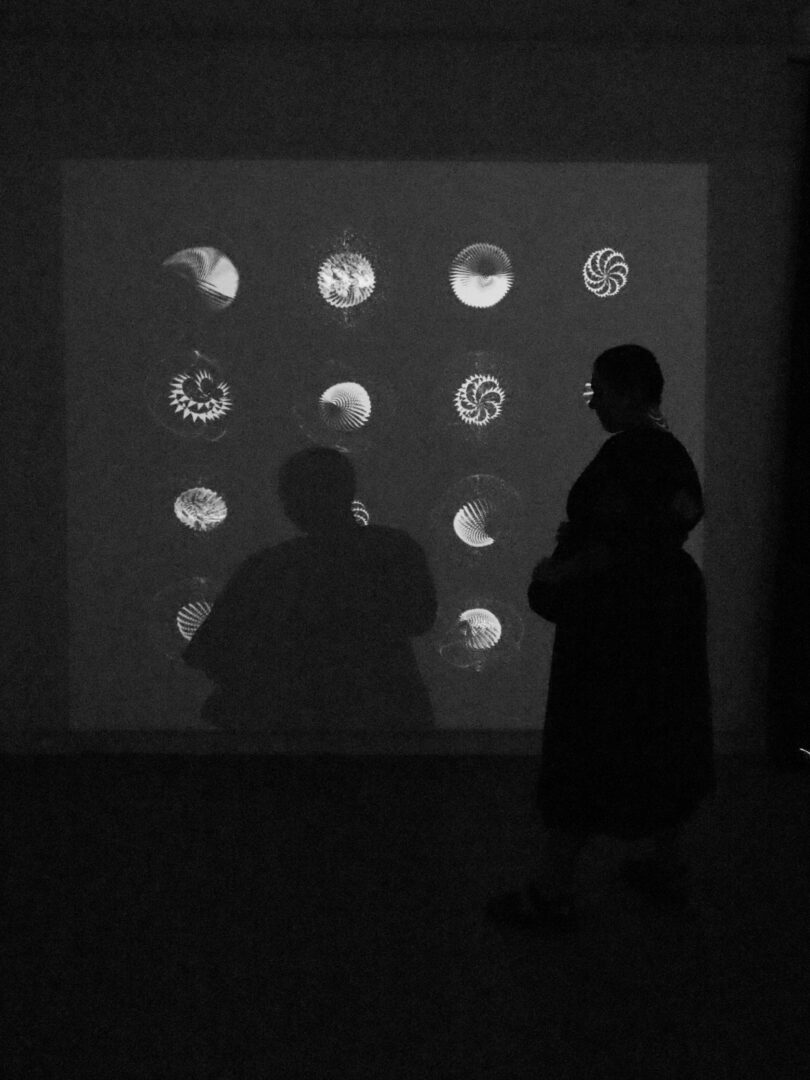
As we end our chat, is there a book you can leave people with that’s been meaningful to you and your development?
Factfulness by Hans Rosling. It shifted how I think about the world in a really fundamental way. The idea of the “negativity instinct” really stayed with me—it helped me worry less and focus more on what’s possible. The book helped me gain a sense of optimism and reminded me that not everything is a lost cause.
Contact Info:
- Website: https://kanikanand.com/
- Instagram: https://www.instagram.com/kanikanand/
- Linkedin: https://www.linkedin.com/in/kanikanand
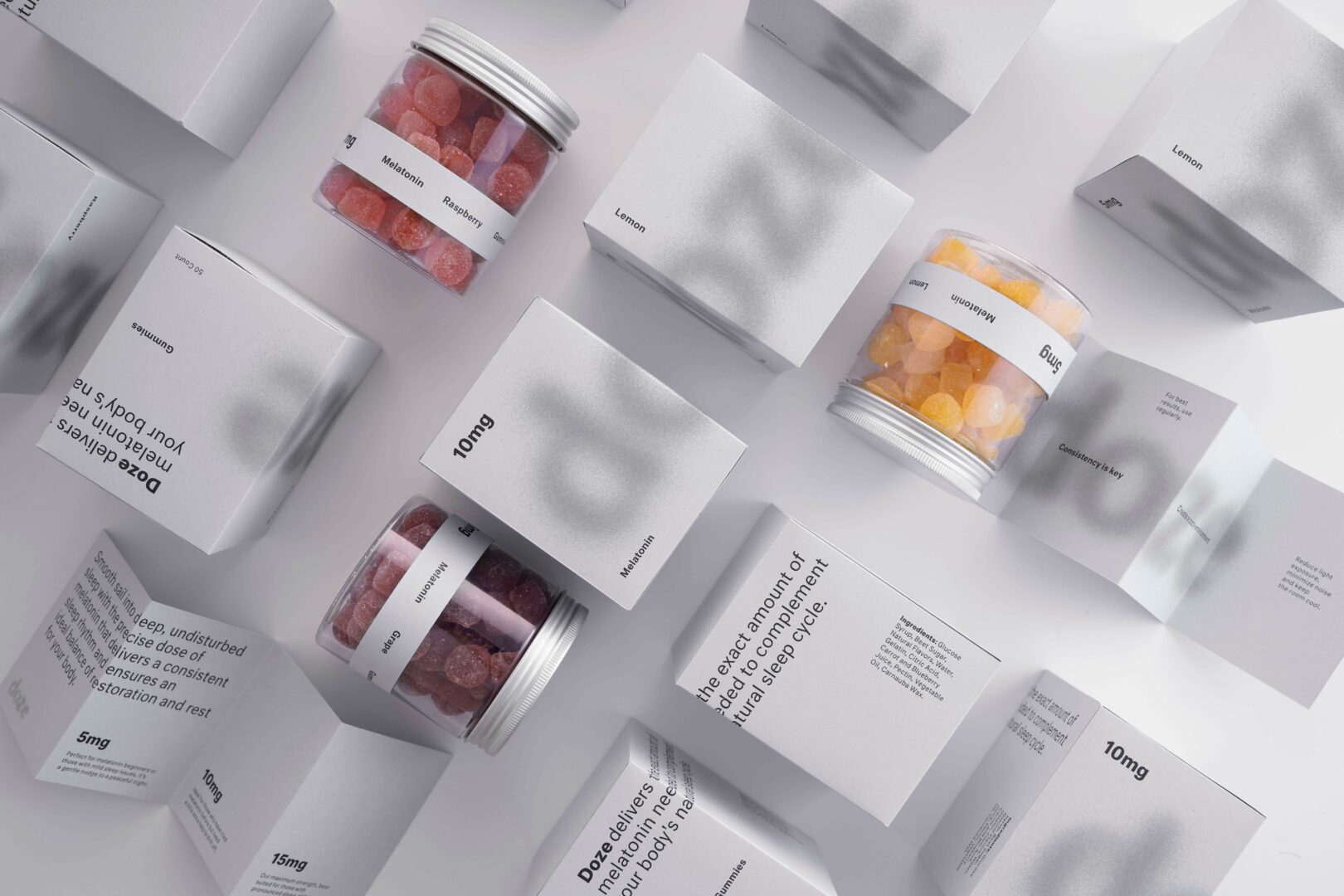
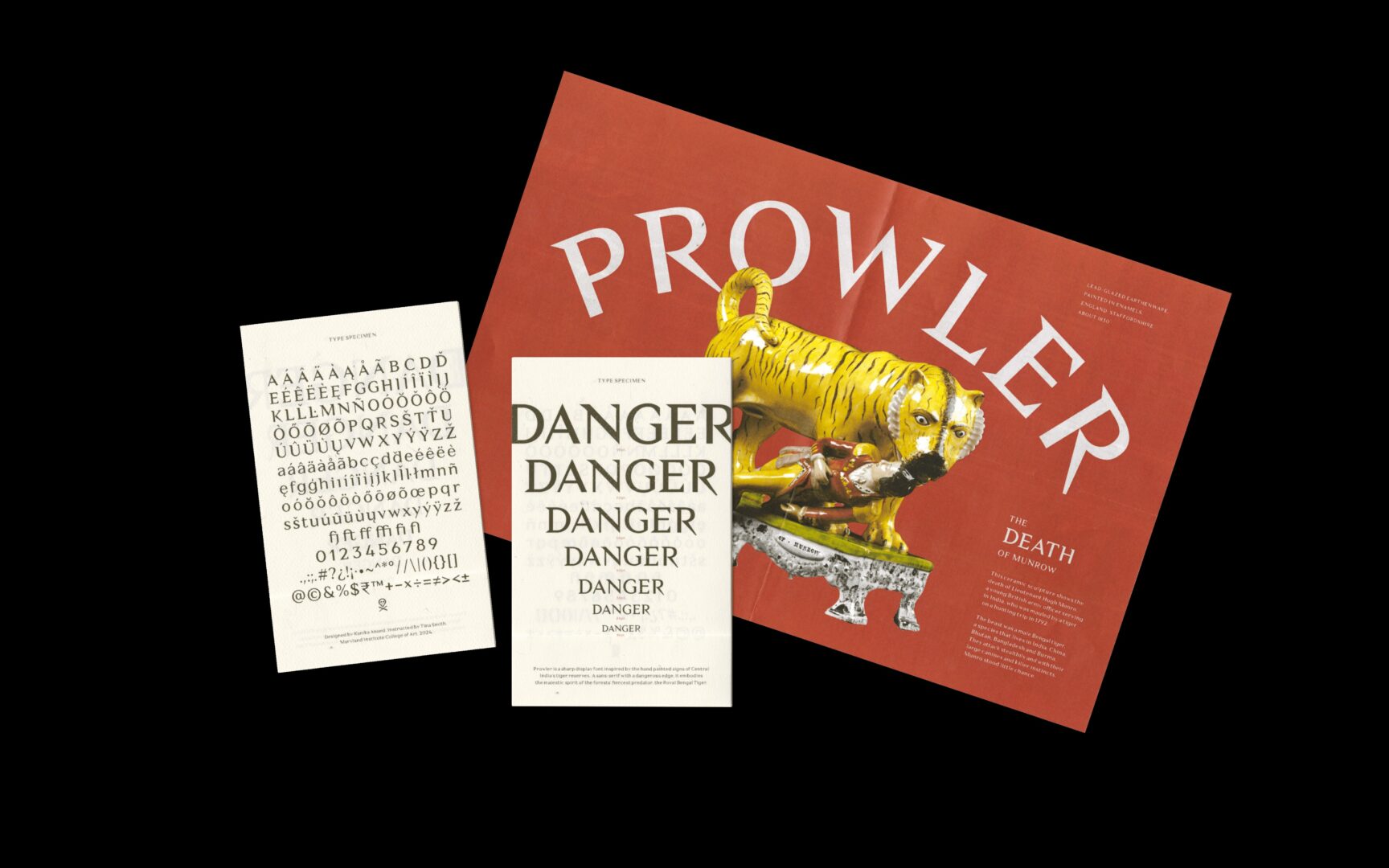
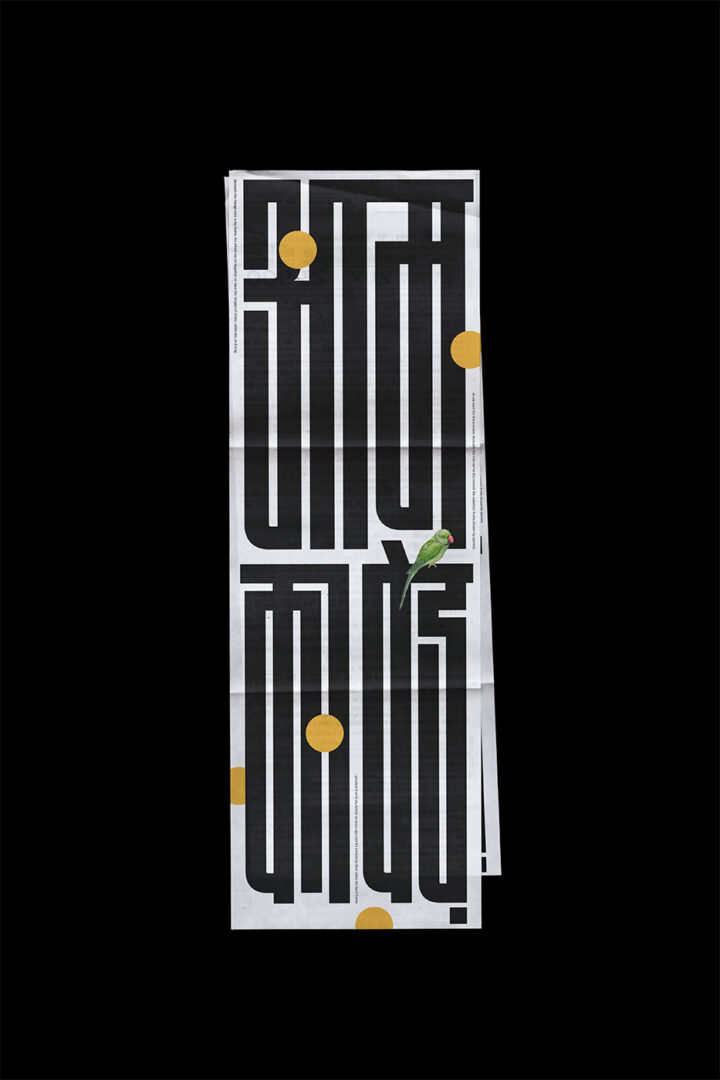
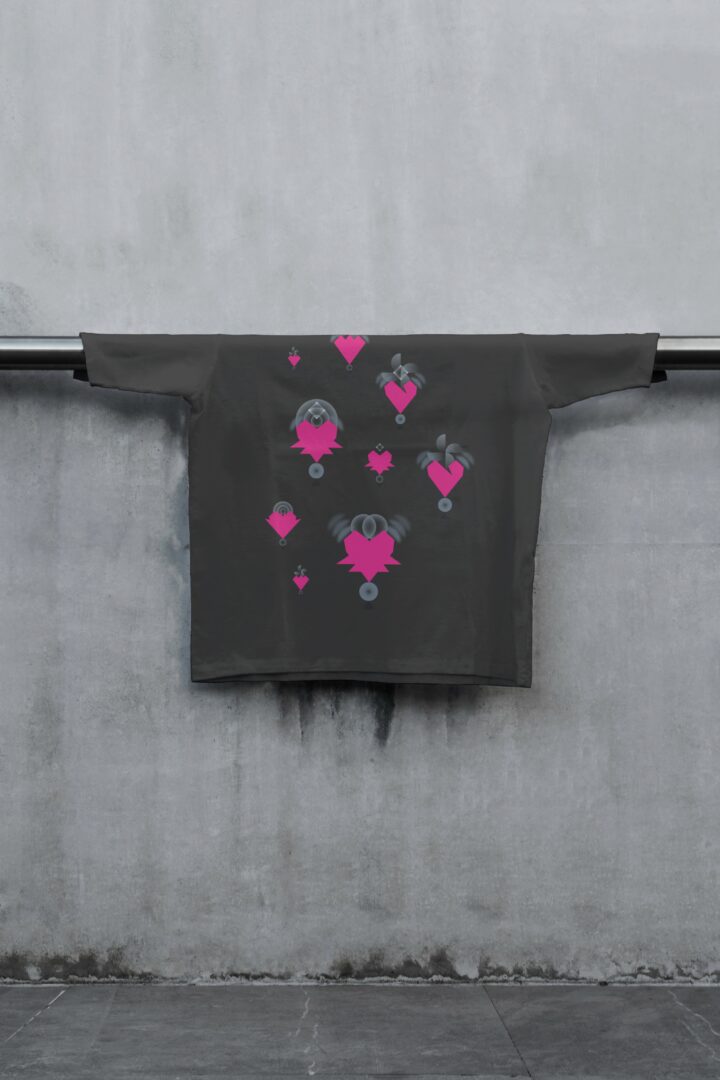
so if you or someone you know deserves recognition please let us know here.


